At the end of February, one of the six Dalmatian pelicans fitted with a satellite transmitter late last year was detected transmitting data from the same spot for several days.
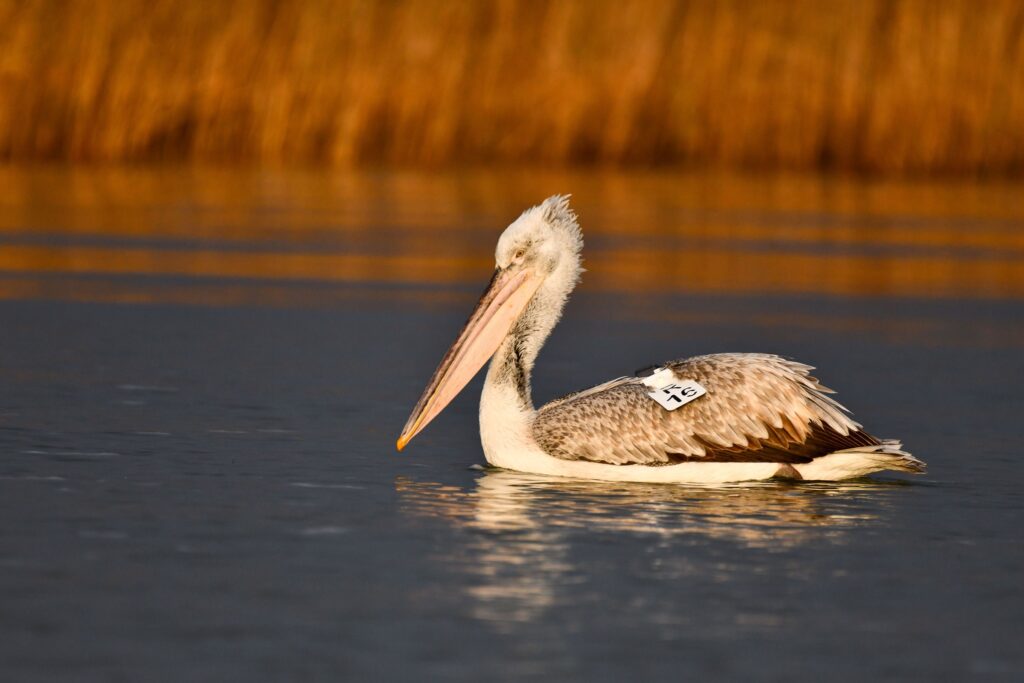
According to the broadcaster, the Dalmatian pelican was in the vicinity of Ceaplace Island on Lake Sinoe, in the lagoon system, an area frequented by several bird species and near which there is a dangerous and problematic power line for the birds.
A team made up of biologists from the Romanian Ornithological Society (SOR) and the Administration of the Danube Delta Biosphere Reserve (ARBDD) traveled to the field to see the condition of the bird and what exactly happened. According to the data transmitted by the transmitter and the situation in the field, the Dalmatian pelican suffered a collision with the power line in the area, which made it impossible to fly.
The bird, last year’s female Dalmatian pelican juvenile, was equipped with a satellite transmitter at the end of November last year by a joint team of the Danube Delta National Research and Development Institute (INCDDD), the SOR and ARBDD. During all this time, according to the data transmitted by the satellite transmitter, the Dalmatian pelican moved to the area of Razelm, Golovita and Sinoie lakes, with trips also to Babadag lake, wintering on these large lakes where it fed and spent the night.
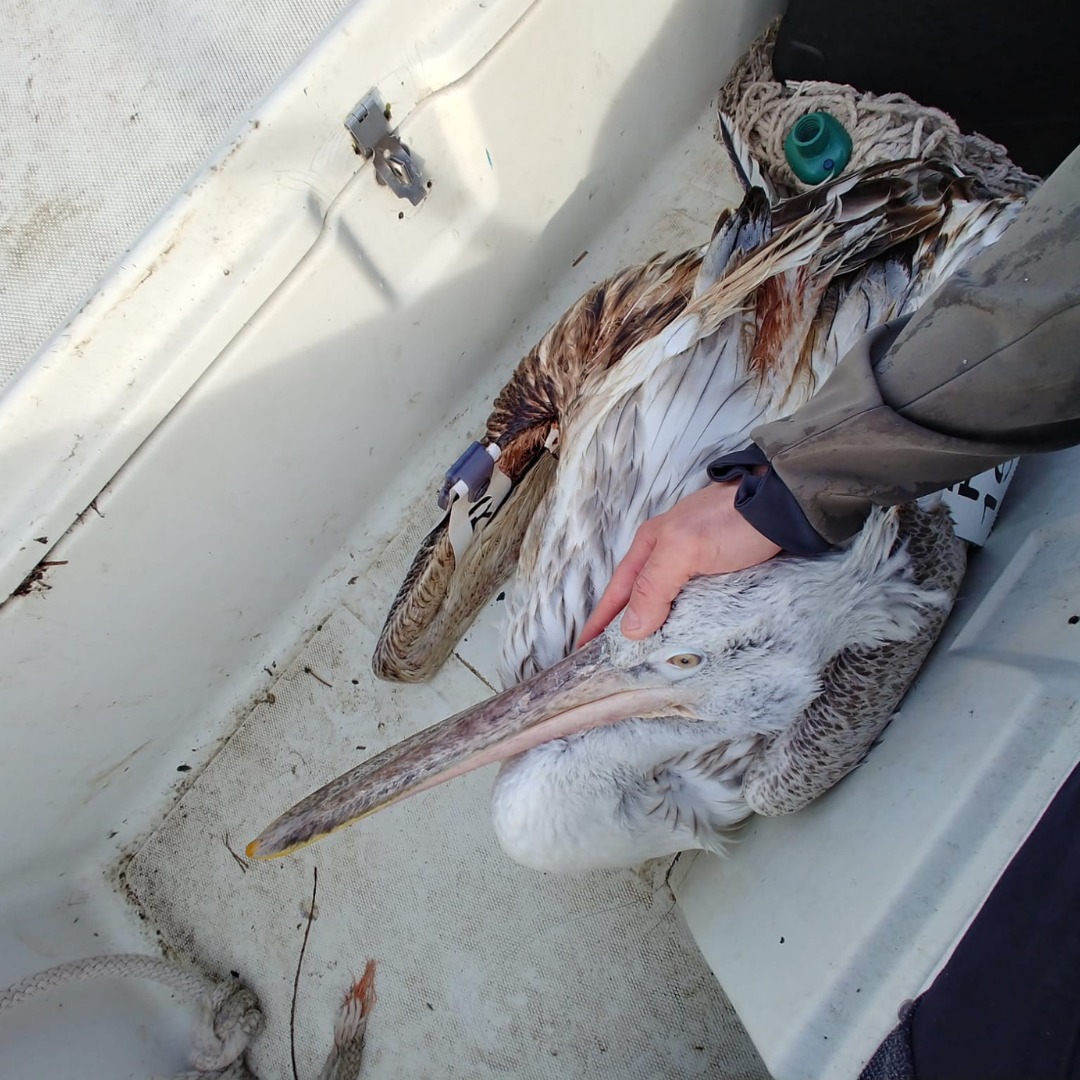
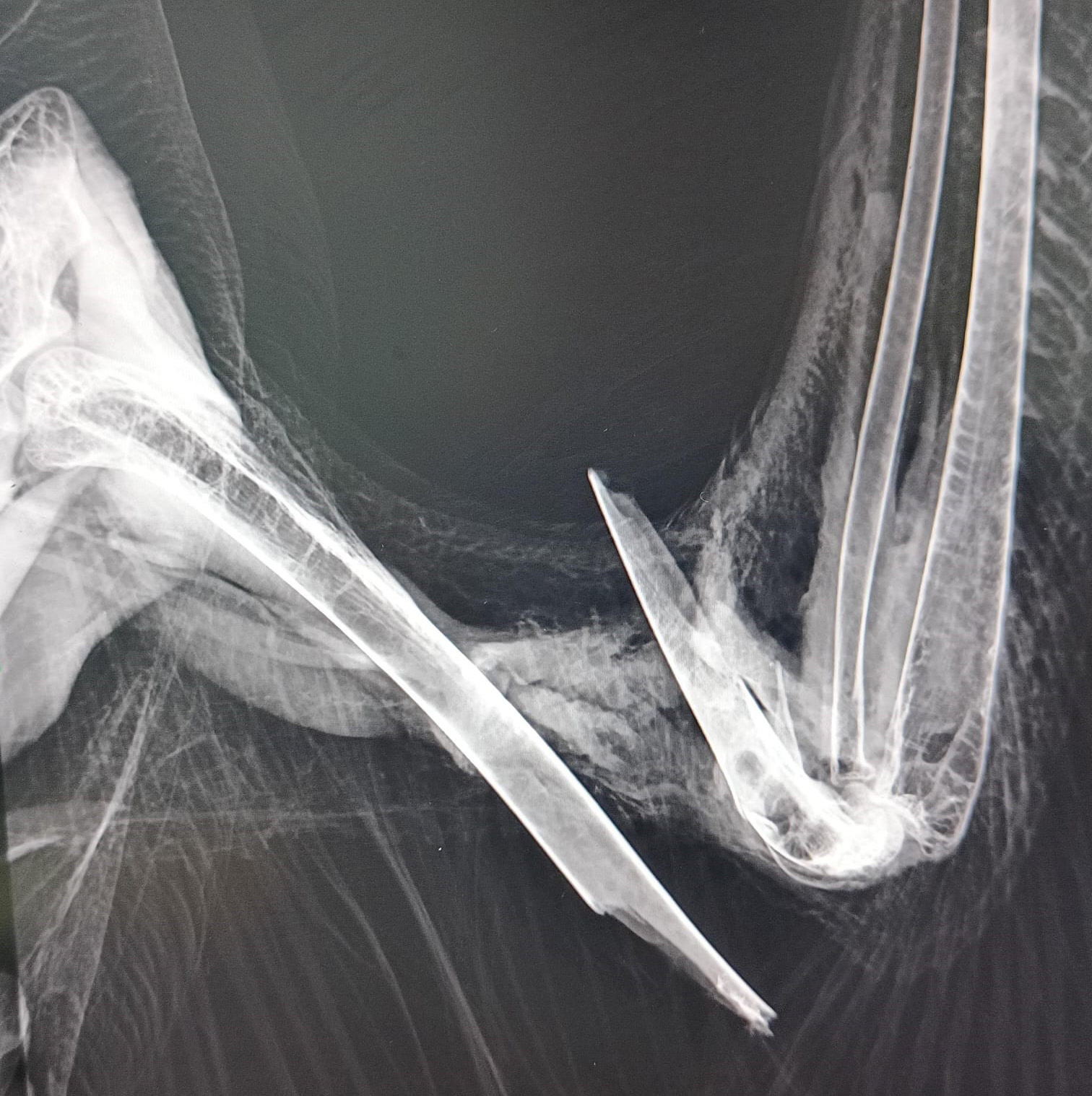
The Dalmatian pelican was transported to the Wild Animal Rescue and Rehabilitation Center of the “Visul Luanei Foundation” in Bucharest, where veterinarians found that it had an open, inoperable wing fracture. We are basically talking about a bird that had no chance of being rehabilitated and released into nature. Unfortunately, the Dalmatian pelican could not be saved, the collision being fatal.
“This case once again tells us that the collision rate of birds with this power line in the area is considerably high, considering that, less than three months after the satellite transmitters were installed on the six pelicans, one of them already suffered a fatal collision. And not only Dalmatian pelicans are affected by this power line (as has been observed in the past), but also other aquatic species that are present in this habitat: great egrets, swans, cormorants, various species of ducks, geese, etc”, says Sebastian Bugariu from SOR.
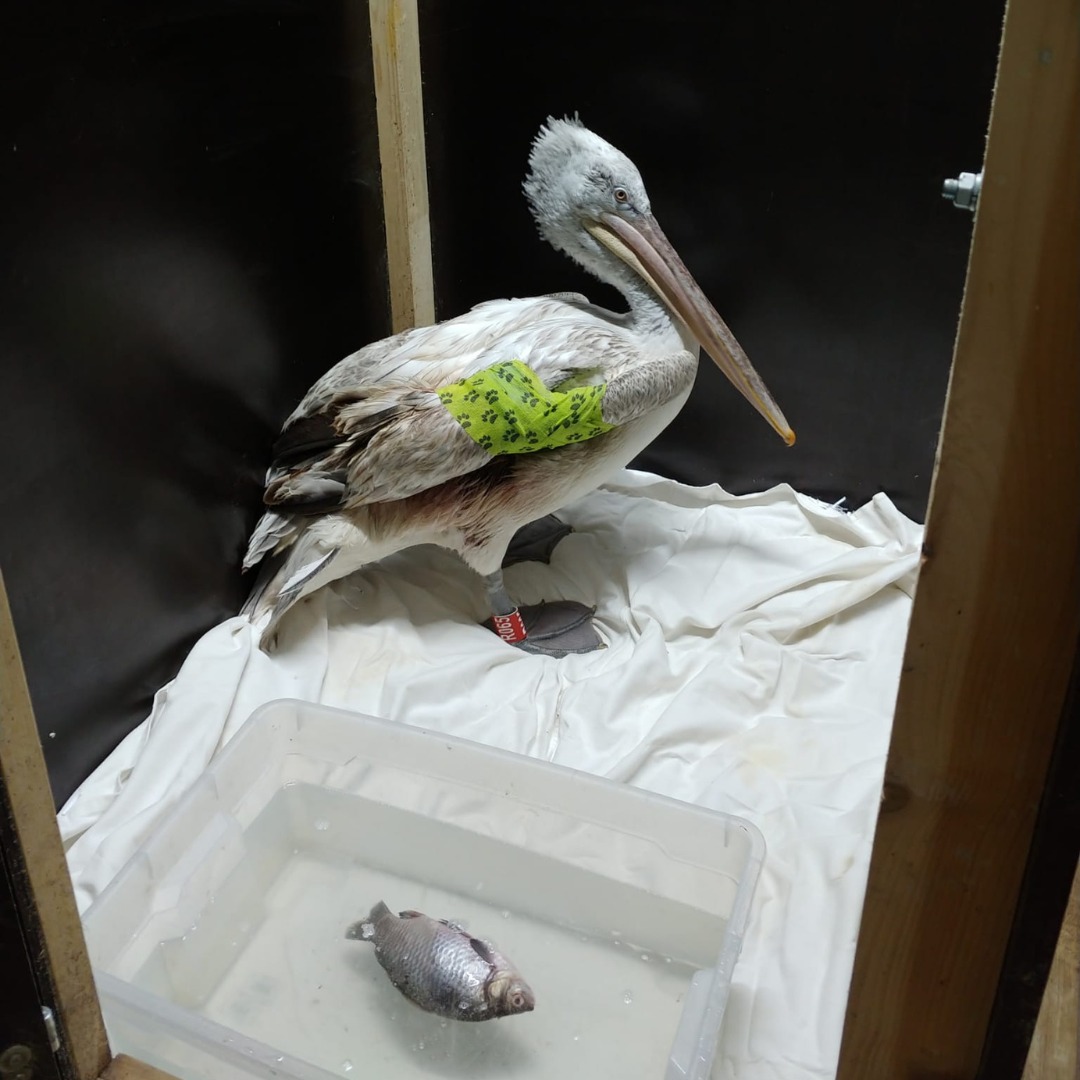
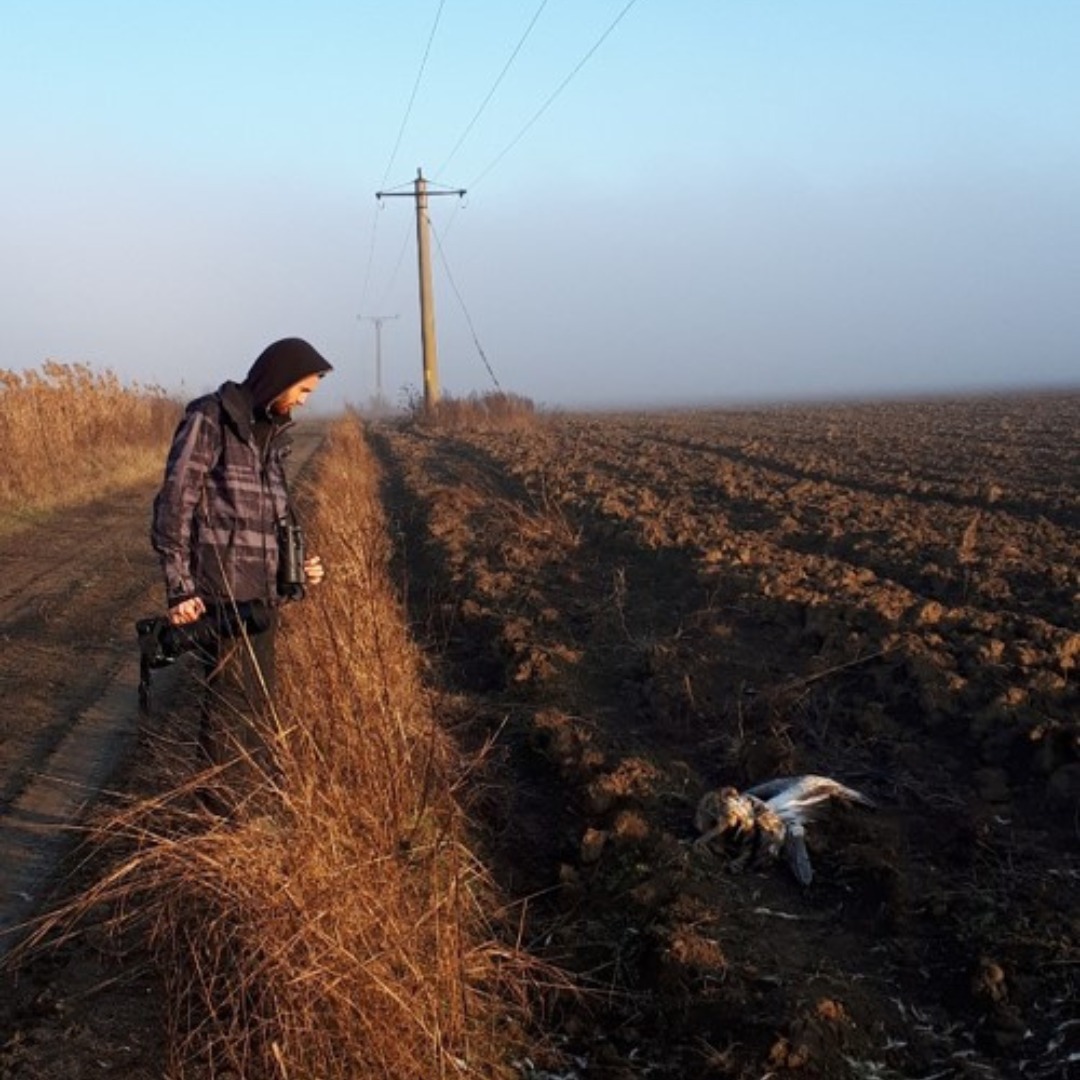
Power line, death trap for birds
The electric line in question crosses Grindul Chituc from Vadu to Gura Portiței, located between Lake Sinoe and the Black Sea. This is known to be problematic and the collision is caused by birds not seeing the line in flight in certain conditions such as fog, strong sun, and low visibility. It is actually an invisible barrier that is positioned right on the flight path of certain species of birds, in their habitat, and they cannot spot it.
It is not a single case. A few years ago, in the area of Lake Iezer Călăraşi, biologists found 12 Great White pelicans dead due to a collision with electric wires.

The presence of power lines in the vicinity of water areas where a large number of bird species congregate represents an additional risk for them. To reduce the cases of bird mortality due to collision with power lines, visual devices (diverters) can be mounted on these lines, which make them visible to birds at all times. And where the presence of power lines is extremely problematic, they should be buried or at least replaced by another way of mounting the cables (twisting), which due to their thickness become more visible.
Therefore, a joint inter-institutional effort is needed between the involved actors, including the electricity distribution companies, Romanian Waters, ARBDD, INCDDD, SOR and other NGOs, to reduce the risk of mortality caused by power lines.
Currently, the ongoing LIFE initiatives Danube Free Sky and Pelican Way of LIFE have in mind the identification of problem lines for birds and equipping them with signaling devices to make them more visible. The actions are carried out within a partnership between ARBDD, INCDDD and Rețele Electrice Dobrogea, part of the PPC group of companies in Romania, and SOR.
Measures must be taken as soon as possible, especially since the magnitude of mortality is extremely high considering that we manage to discover only a small percentage of the total number of birds that hit the electric wires, because most often these corpses are consumed or quickly removed by necrophagous species: jackals, foxes, dogs.
According to studies, power lines are a major risk in certain areas. It is estimated that tens of millions of birds die annually in Europe due to collisions with power lines, in addition to those who are additionally electrocuted by perching on insulators at pole level. The impact in the event of a collision leads to serious injury or even death, and the most affected are the large birds that are less agile and, because the wires are not visible enough, so they do not notice them in time to be able to avoid them.
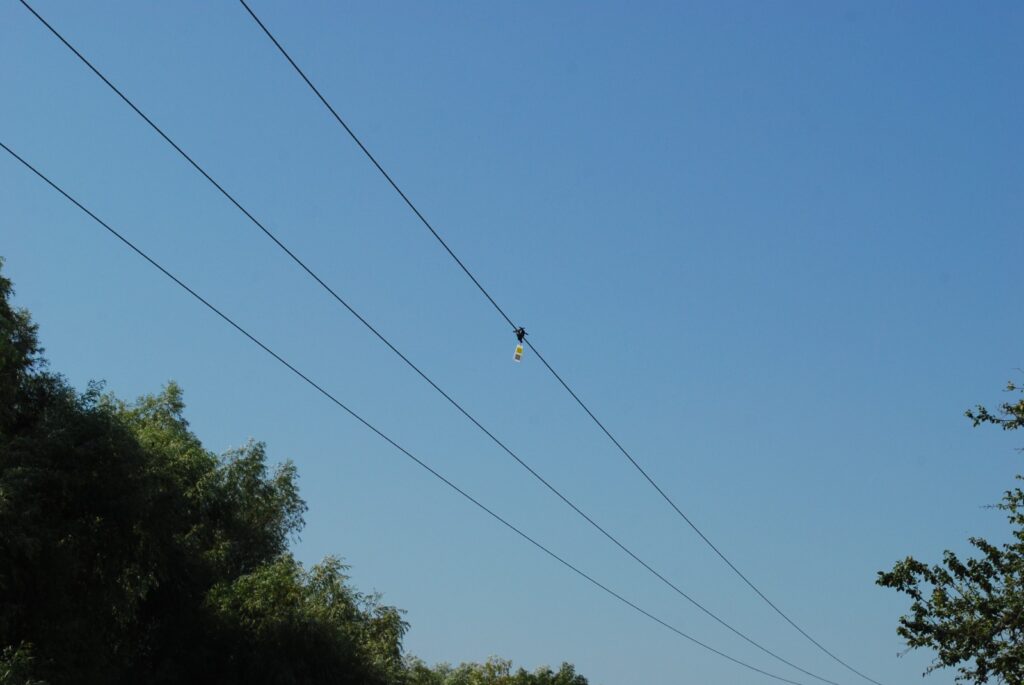
Existing power lines should be converted to ‘safe’ lines for bird species by assessing the risk in the field and applying visual devices or burying them where appropriate. For new power lines, they must be constructed in such a way that they do not present a risk of either collision or electrocution.
SOR has been making efforts for many years to reduce the mortality of large birds (pelicans, egrets, swans, geese, ducks), which are most affected by collisions with electric wires.